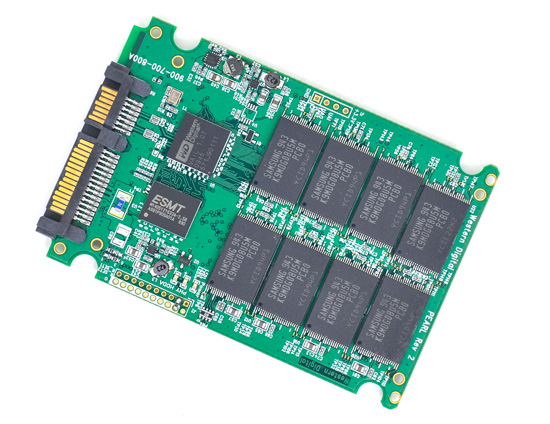Electronic devices’ miniaturization and high performance are essential in today’s fast-evolving technology landscape. HDI PCB (High-Density Interconnect Printed Circuit Boards) are crucial in meeting these demands. These advanced circuit boards enable smaller, faster, and more efficient electronic products, making them a cornerstone of modern electronics. Whether in consumer electronics, automotive applications, or healthcare devices, HDI […]
FPC PCB is the backbone of modern electronics, enabling sleek designs and innovative applications. From smartphones to medical devices, these flexible circuits power the technology we rely on daily. But how does an FPC PCB go from a design concept to a fully functional component? This article takes you through the entire FPC PCB manufacturing process, from initial […]
The role of a Set-Top Box PCB is crucial in ensuring smooth device operation. It connects essential components like processors, memory, and tuners, providing seamless multimedia streaming. As consumer expectations grow, manufacturers must balance cost and performance. The choice of PCB materials, layout, and integration significantly impacts the device’s efficiency. Cost-effective designs help lower production […]
Double-sided PCB plays a crucial role in the ever-evolving consumer electronics industry. As electronic devices become more compact and multifunctional, manufacturers increasingly rely on advanced PCB designs. Double-sided PCB offers enhanced electrical conductivity and increased circuit density, making it ideal for modern gadgets. This article explores the significance of Double-Sided PCB in consumer electronics, its […]
Choosing the right material for printed circuit boards (PCBs) ensures optimal performance, reliability, and cost-effectiveness. Two of the most widely used materials are ceramic PCB and FR4 PCB. While both serve as the backbone of electronic devices, they differ significantly in terms of material properties, applications, and performance. This article explores the key differences between ceramic PCB and FR4 […]
In the world of electronics, Heavy Copper PCB has become a cornerstone for high-power applications. These robust circuit boards, from automotive systems to renewable energy solutions, handle extreme currents and temperatures. However, their reliability hinges on one critical factor: quality control. Even the most advanced designs can fail without stringent quality checks, leading to costly recalls, safety hazards, […]
In solid-state drives (SSDs), the design and construction of the printed circuit board (PCB) play a critical role in determining performance, reliability, and cost. One of the key decisions manufacturers and consumers face is choosing between a 2-layer SSD PCB and a multi-layer PCB. Each option has advantages and trade-offs, making the choice highly dependent on specific […]
In today’s fast-paced electronics world, high-speed performance is not just a luxury; it’s a necessity. Engineers and designers are constantly challenged with developing cutting-edge devices that can handle complex tasks at lightning speeds. One of the most innovative solutions to achieve this is using Rigid-Flex PCB technology. But how exactly can it be used to design […]
High-performance computing (HPC) revolutionizes industries like artificial intelligence, big data, and scientific research. These systems need components that can handle massive data, process complex algorithms, and deliver fast results. One such component is the Gold Finger PCB, a critical part of any HPC system. A Gold Finger PCB ensures high-speed data transfer, stable connectivity, and […]
Solid-state drives (SSDs) have revolutionized data storage, but their performance hinges on a hidden hero: the printed circuit board (PCB). As SSDs push speed and durability limits, engineers increasingly shift from 4-layer to 8-layer PCB stackups. This evolution isn’t arbitrary—it’s a calculated response to demands for faster data transfer, better heat dissipation, and long-term reliability. […]










